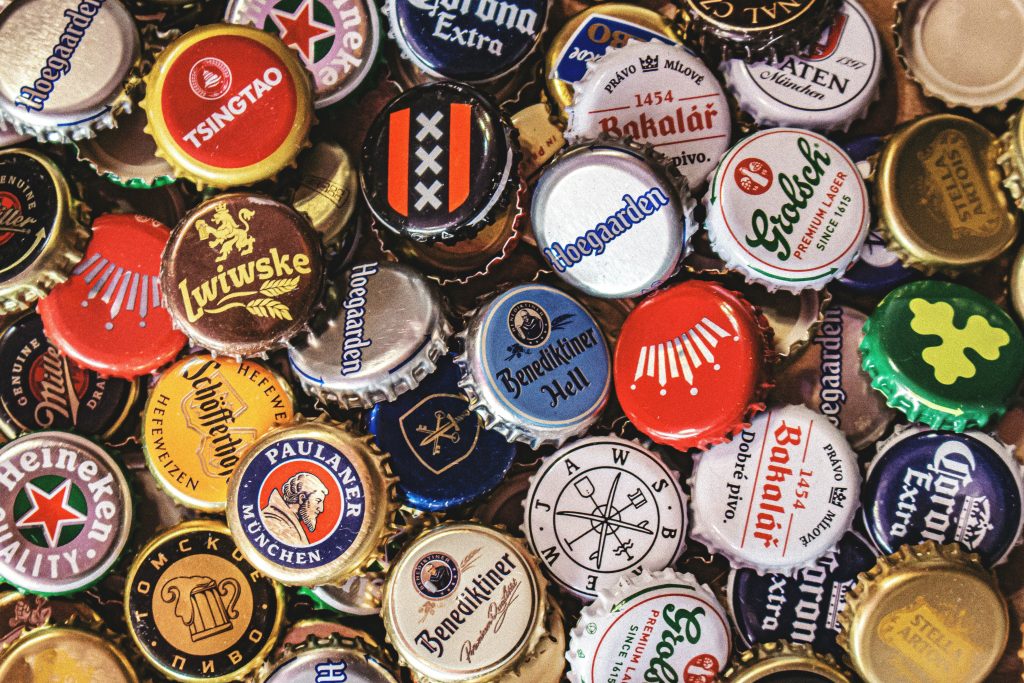Business owners, as most business owners are wont to do, hope to minimise cost while maximising returns. That’s good, and applaudable. However, what usually happens is that they relegate their budget for branding to the bottom of the priority list, when it’d be much more beneficial near the top.
In 2010, NortonLifeLock Inc. (formerly known as Symantec Corporation), paid as much as US$1,280,000,000 for the merger and acquisition of VeriSign. That’s an eye-watering number of zeroes, but with good reason.
But what was the reason?
We usually speak of branding as having intangible value to the brand. Sometimes, however, this intangible value translates into the tangible, particularly during times of mergers and acquisitions.
See, over the course of a business’s growth, their branding efforts equate to the attachment that they have to a brand. If branding is successful – the entire brand, consisting of strategy, visual identity, consumer loyalty, will translate into real, credible, tangible value.
That’s why NortonLifeLock Inc. was willing to pay that amount for VeriSign. With the brand came their ideas, resources, and in particular, a famous check mark. Many consumers would’ve recognised this check mark, and trusted it.

